August 2025
31st. Chew Valley Lake. The water level is extremely low. Nunnery - buff-breasted sandpiper, knot, 19 ringed plover; Heron's Green Bay: 2 glossy ibis, black-tailed godwit, 5 greenshank, 3 yellow wagtail.

23rd-25th. My colleague and friend Raphael Arlettaz visited Cornwall. I last remember seeing him at his home university in Berne in 2010 where he is Professor of Conservation Biology. On the weekend we saw some great wildlife including leaping Risso's dolphins, common dolphins, ocean sunfish, choughs and a moulting curlew sandpiper together with sanderling, both showered by leaping sandhoppers. We saw a juvenile common tern on the evening of 23rd, and a black tern on 24th.
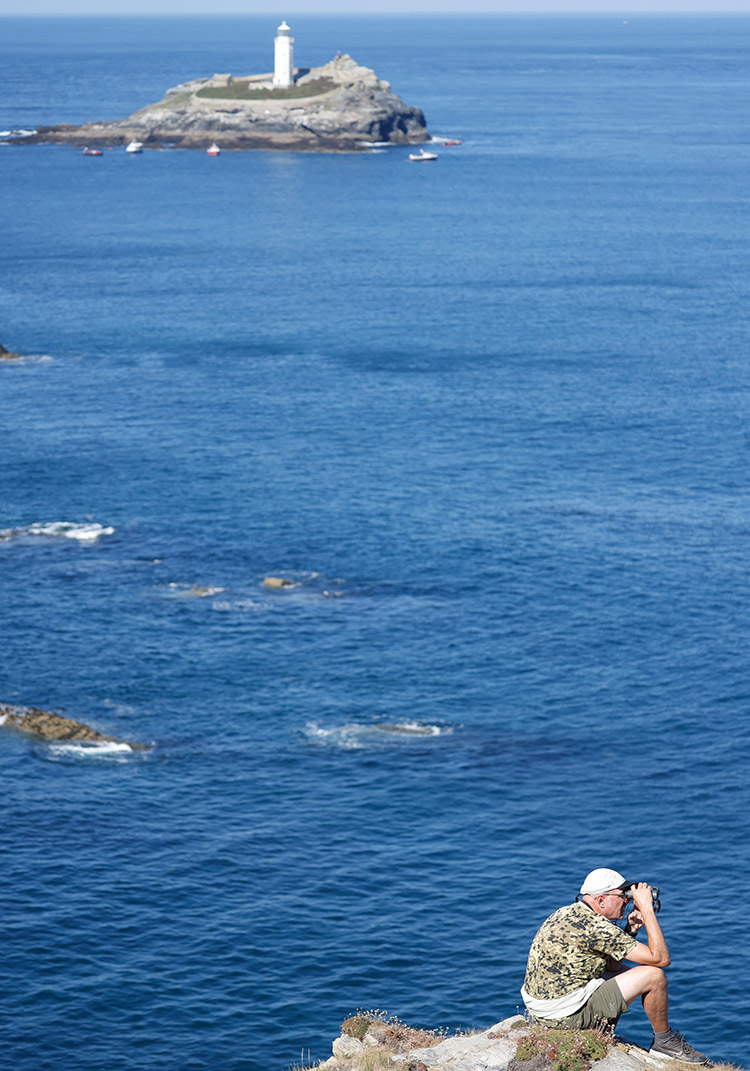
Godrevy - an early grey seal pup, defended by its mother. A raven ate the placenta nearby.

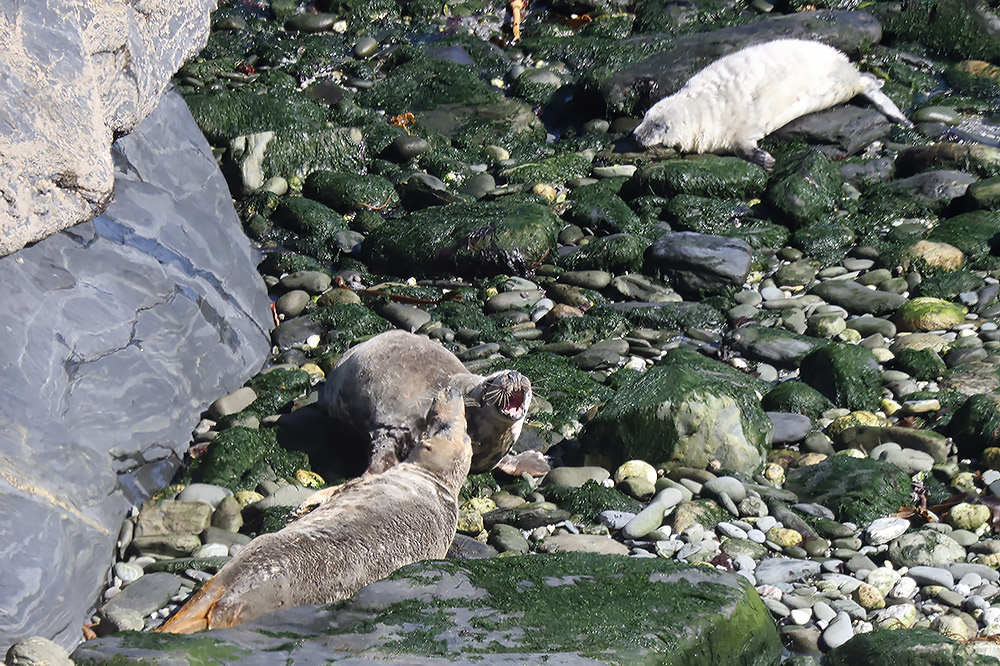
Migrant moths included scarce bordered straw (in photo) and bordered straw feeding on the devil's bit scabious. There was a clouded yellow butterfly too.
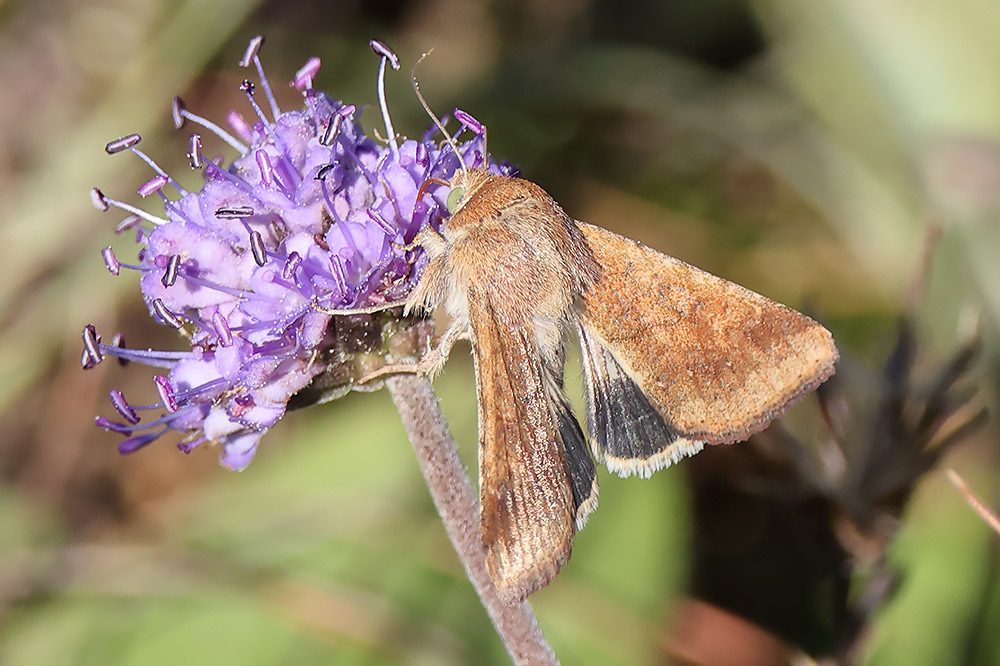
Lagoon fly
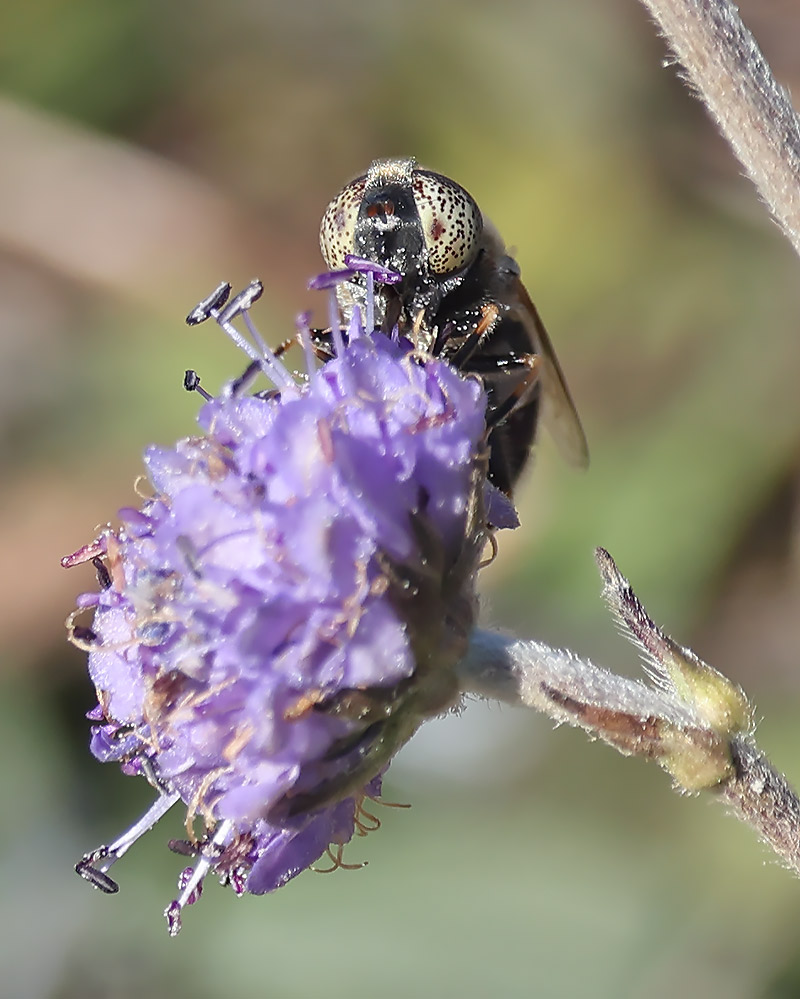
Botallack: 2 chough, 3 clouded yellow.
Marazion: the waders were disturbing huge numbers of sandhoppers. there were ca. 63 sanderling, a moulting curlew sandpiper, ringed plover and about 5 dunlin. At least 2 alba wagtails amongst the pieds.
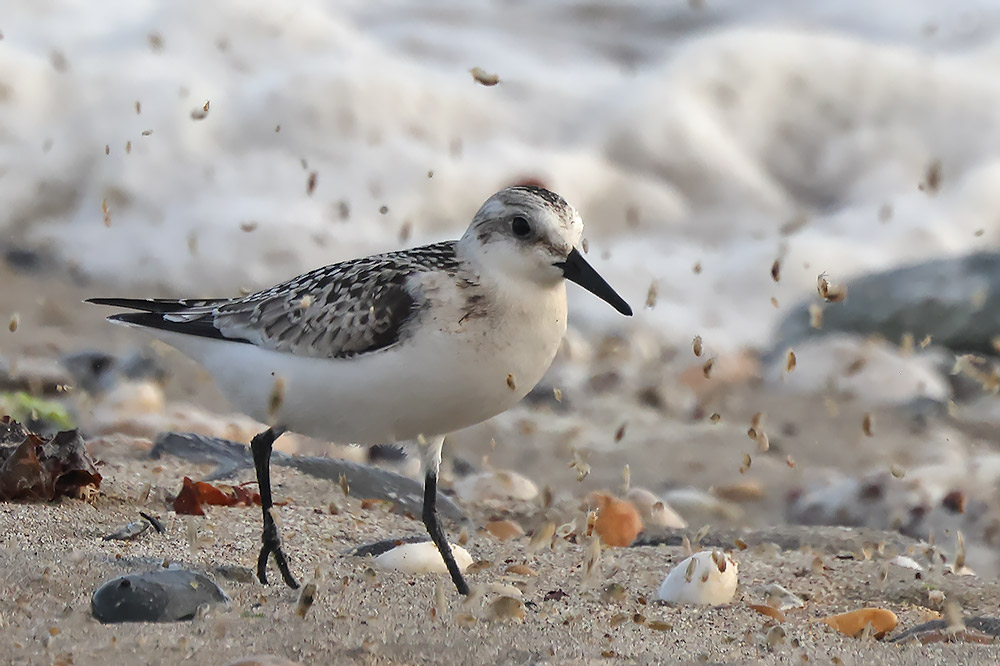

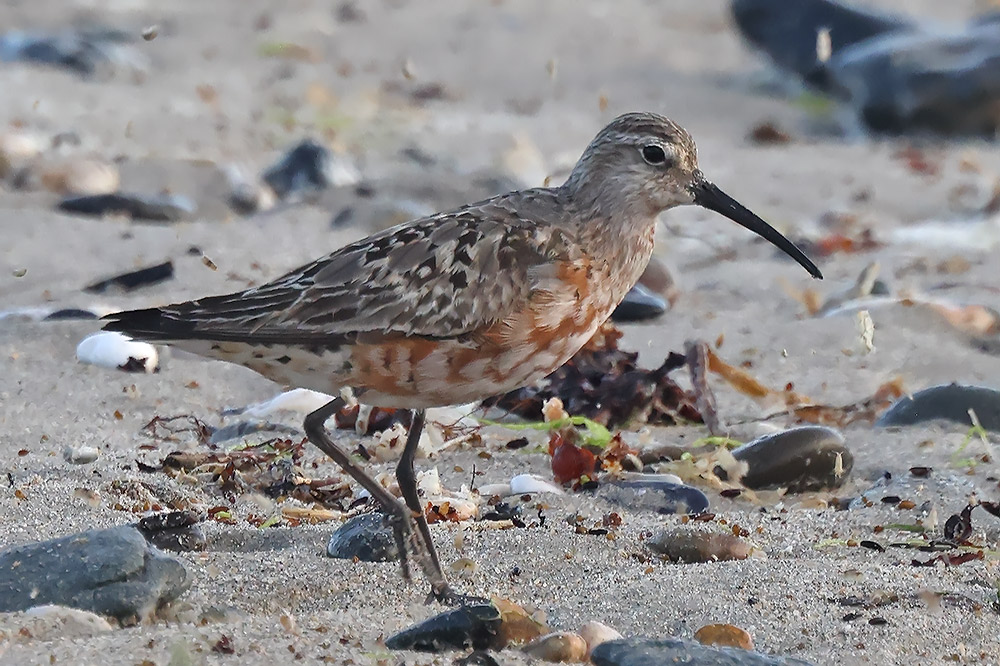
Sea holly

The sea daffodils at Marazion are flowering - I found two plants. It is thought that seeds were washed up maybe from Brittany before 2006, and a few plants have persisted subsequently.
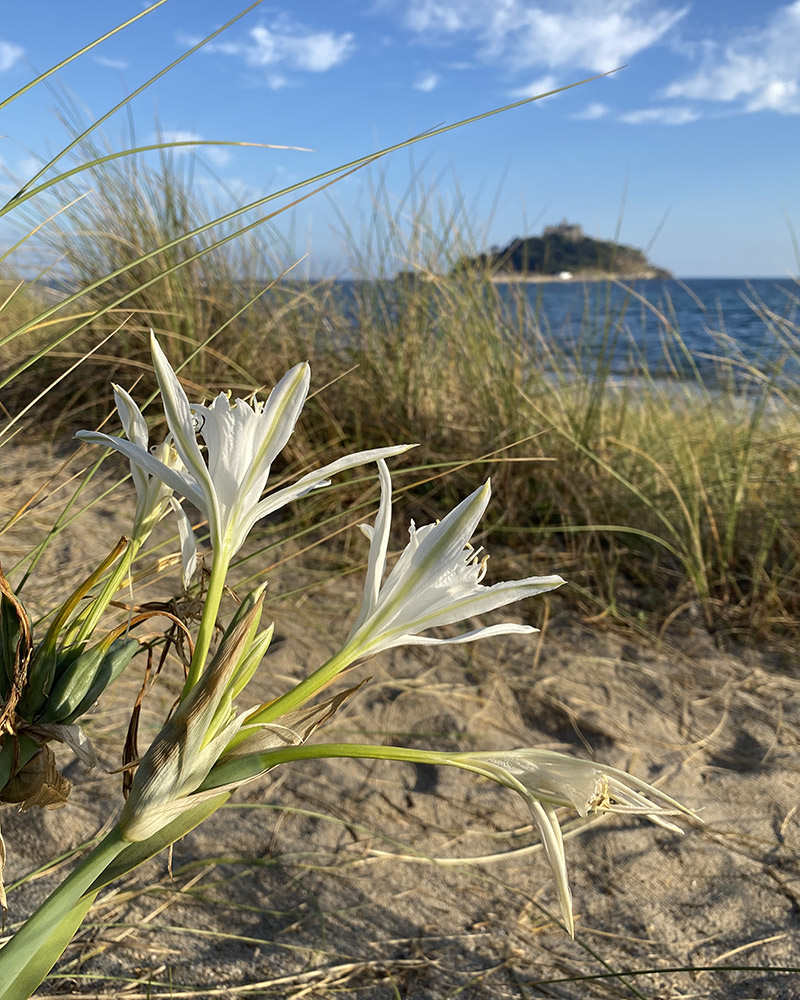
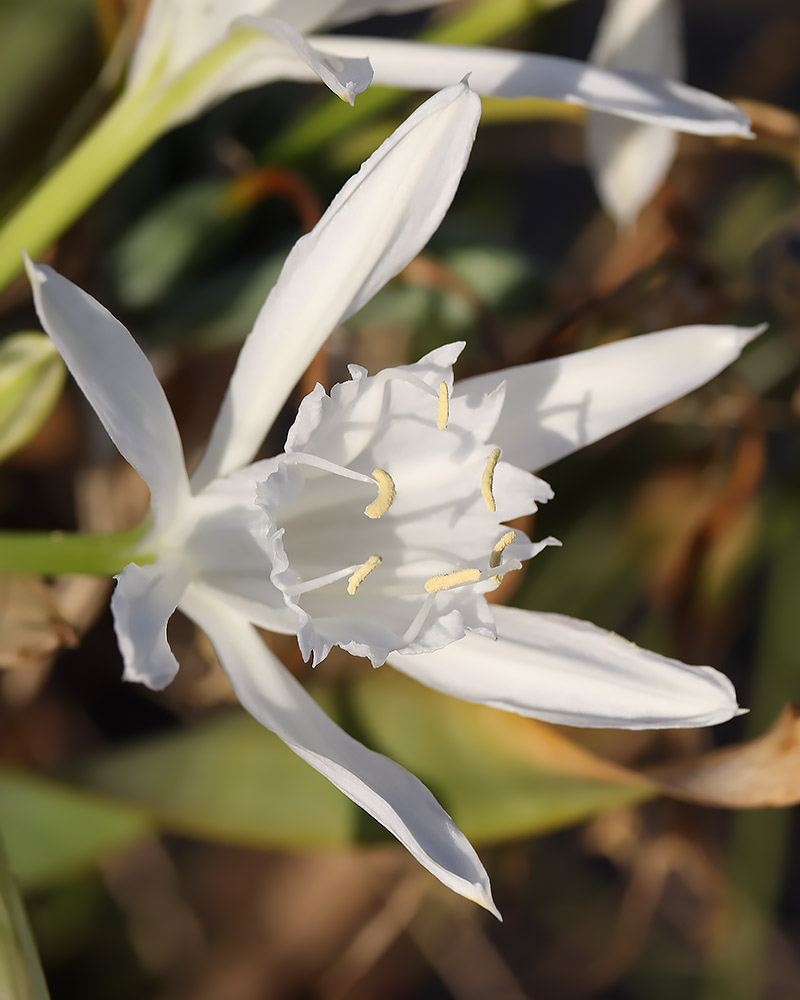
22nd. Hummingbird hawkmoth in the garden (one there a week or so earlier too).
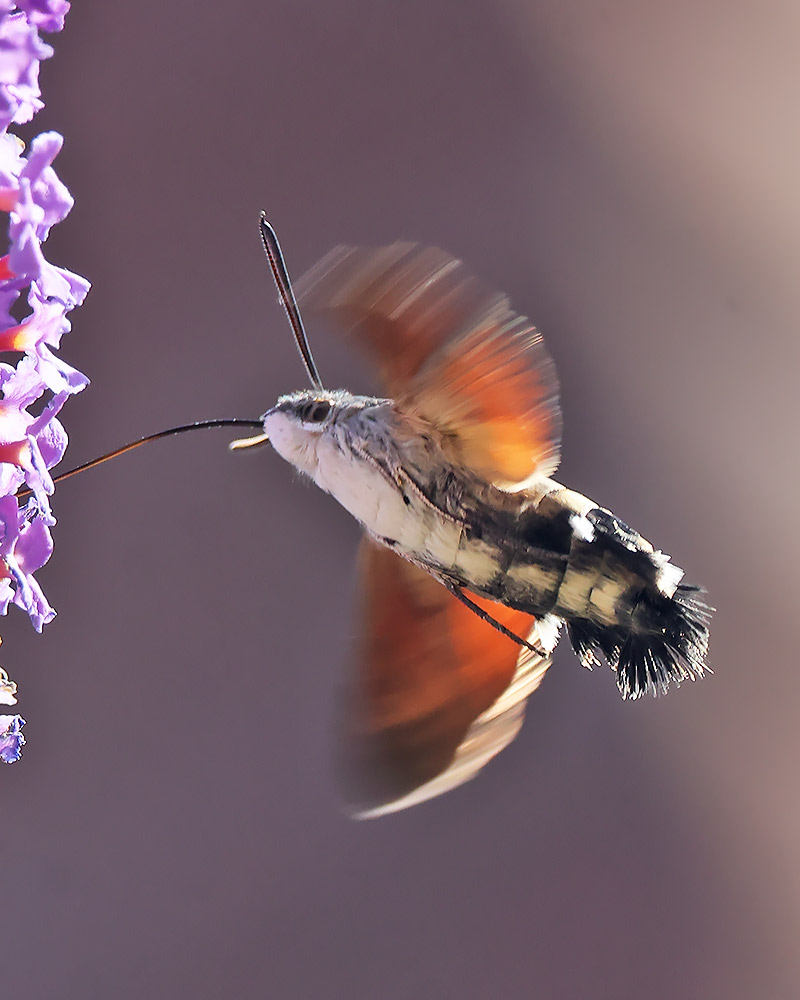
21st. A black-winged kite was seen near Splatt Bridge after roosting in the area overnight and I missed it by 40 minutes! I did see a marsh harrier, a red kite, 2 common cranes and migrant hawkers.
6th. Juvenile fox in the garden.
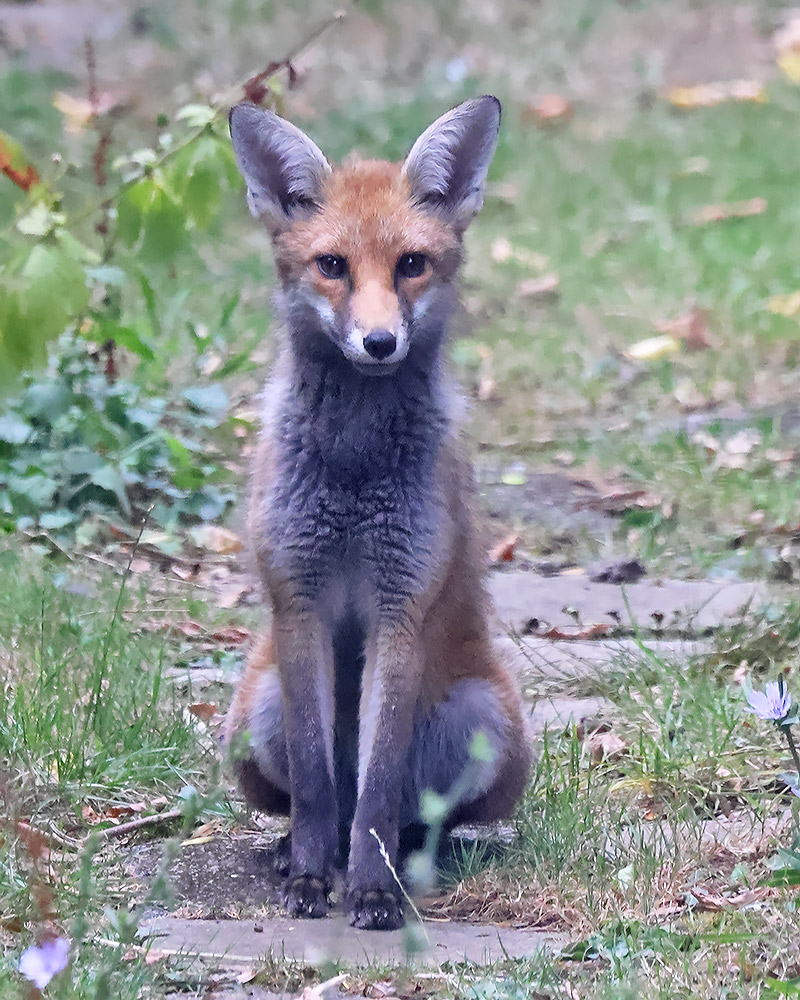
30 July - 5 August: St Ives. Seawatching produced a Wilson's petrel, scores of storm petrels (best year in memory for petrels), 4 Balearic shearwaters, sooty shearwater, a pale-phase Arctic skua close-in over Porthgwidden, 21 sanderling resting on the rocks, and a strong migration of whimbrel with over 60 birds passing on a day with moderate NW winds (5th). I missed the laughing gull by a day. Also present - 2 ocean sunfish, 3 barrel jellyfish, and about 5 common dolphin. I saw a white-bowed smoothwing (pied hoverfly) Scaeva pyrastri around the coastguard station. there were a couple of hummingbird hawkmoths in town too.
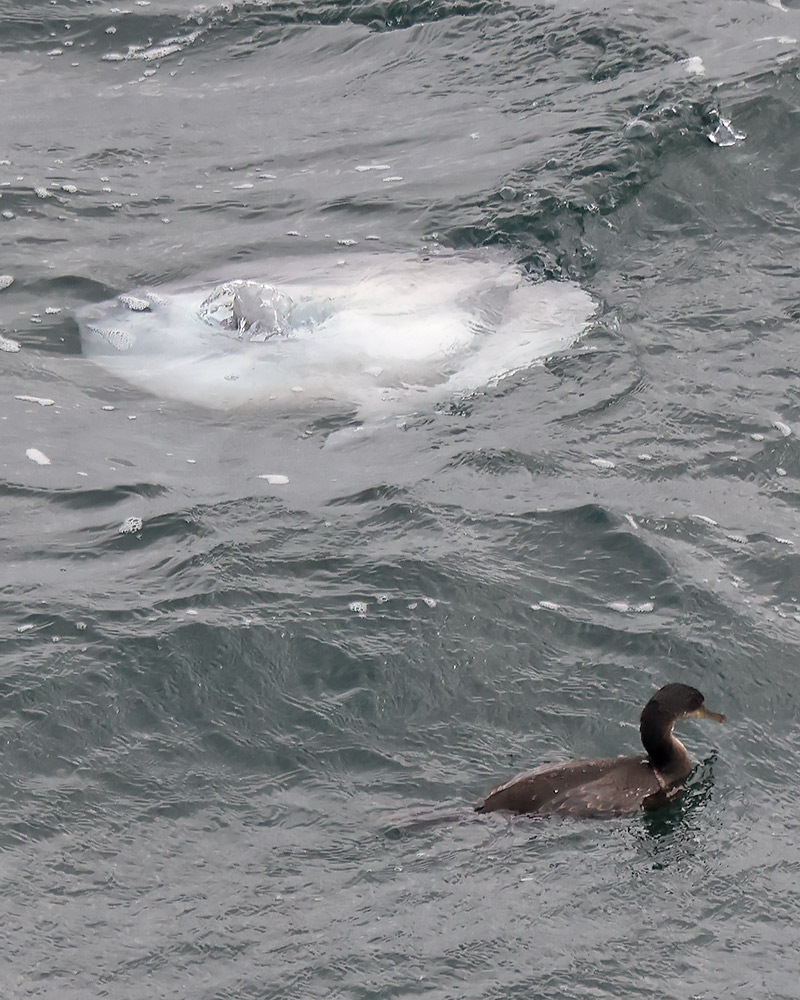
2nd: Gwithian Towans. Butterflies included wall browns, small pearl-bordered fritillary and a slightly tatty dark green fritillary.
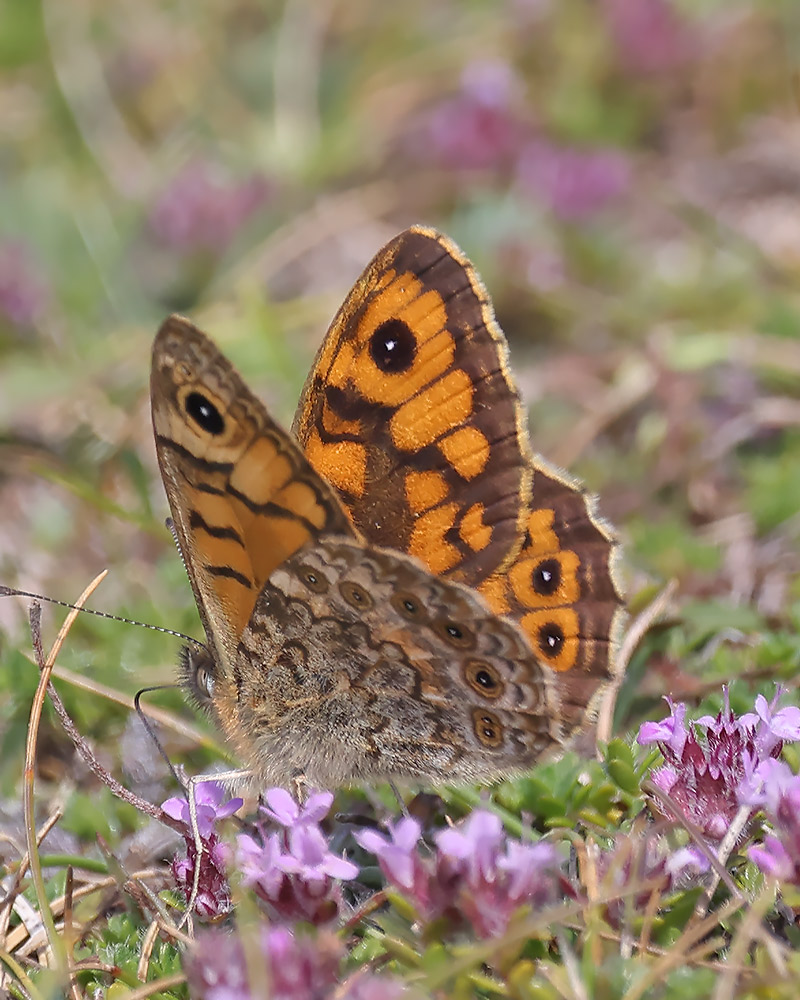
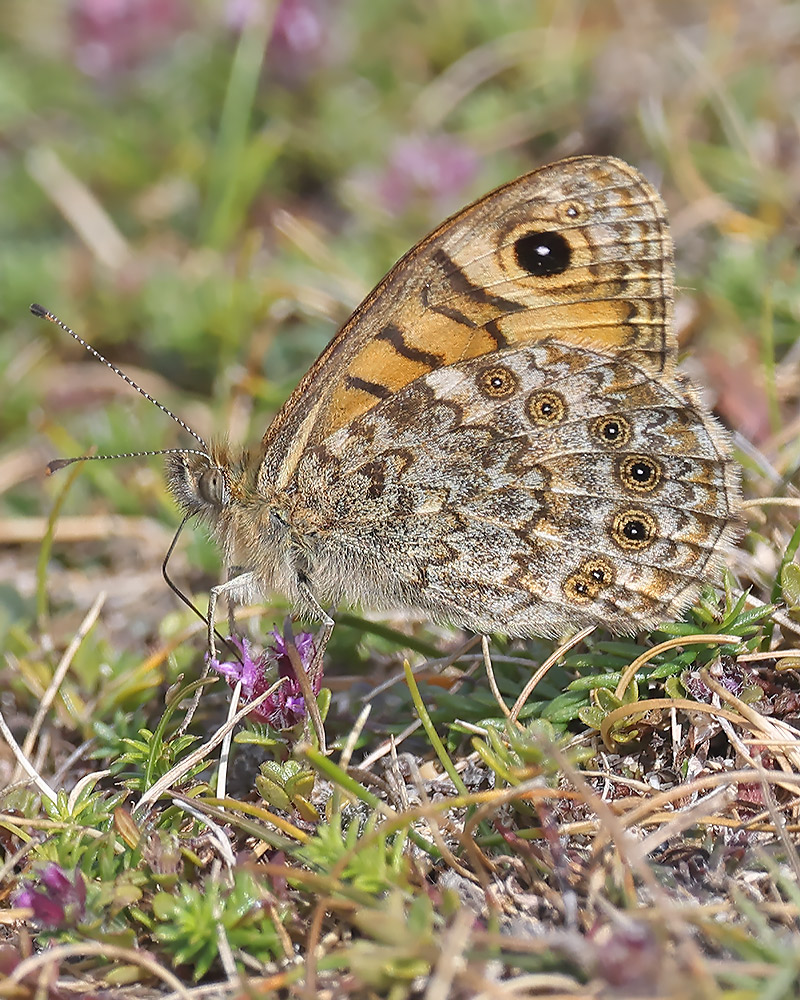


A long-winged conehead on the windscreen.
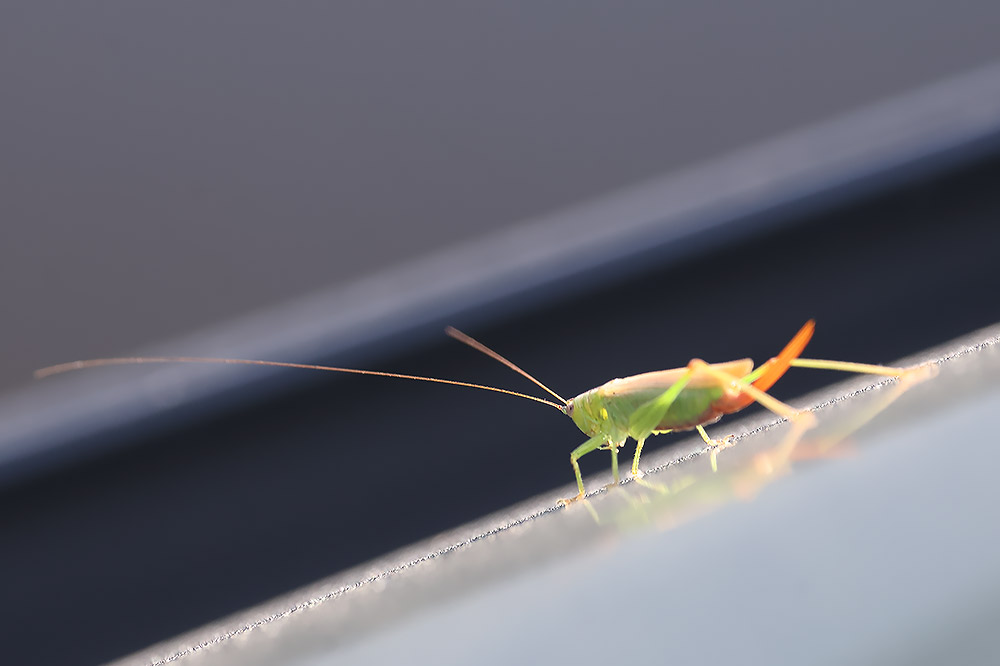
Dune villa Villa modesta - a beefly that parasitises other insects. The females sometimes place their cloacas on the ground to gather sand grains (first photo_.
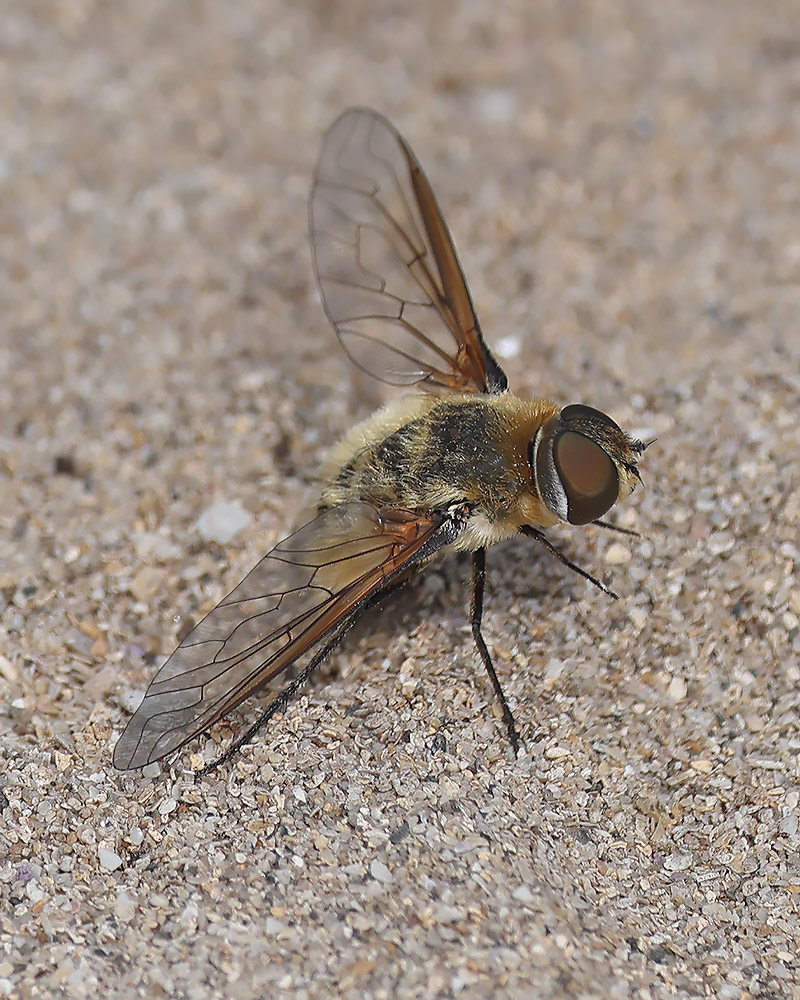
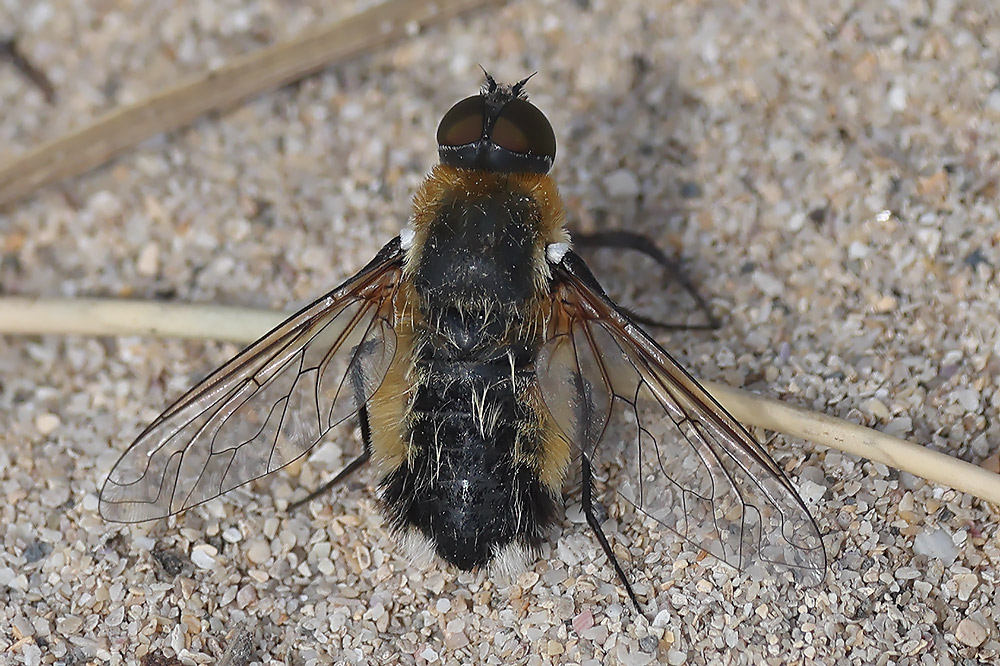
Black-backed grass skimmer Paragus haemorrhous
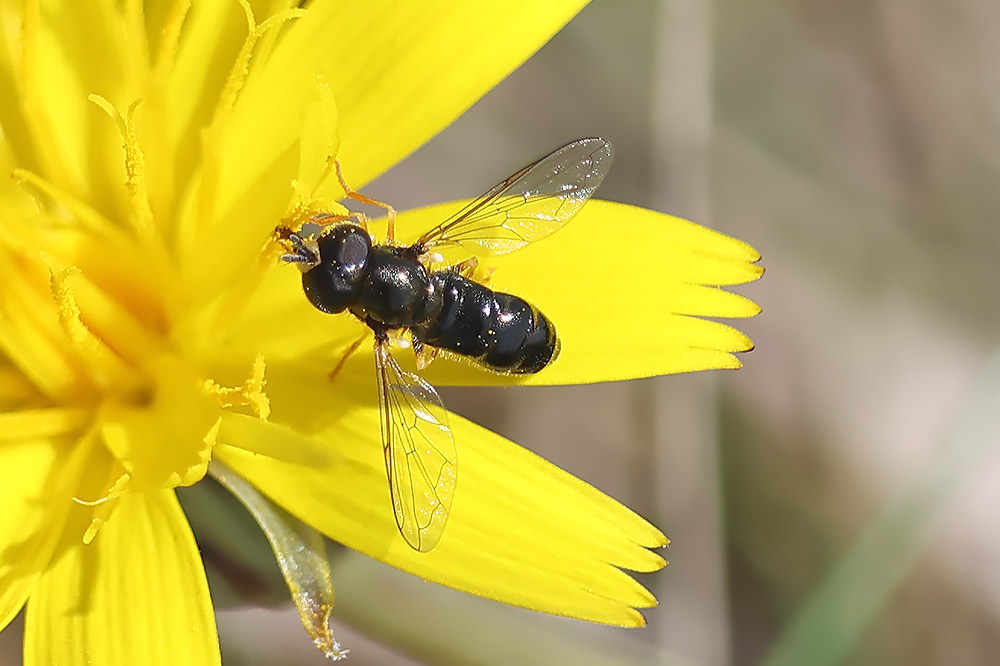
Orange-thighed beegrabber Thecophora fulvipes, a scarce species with only a few Cornish records.
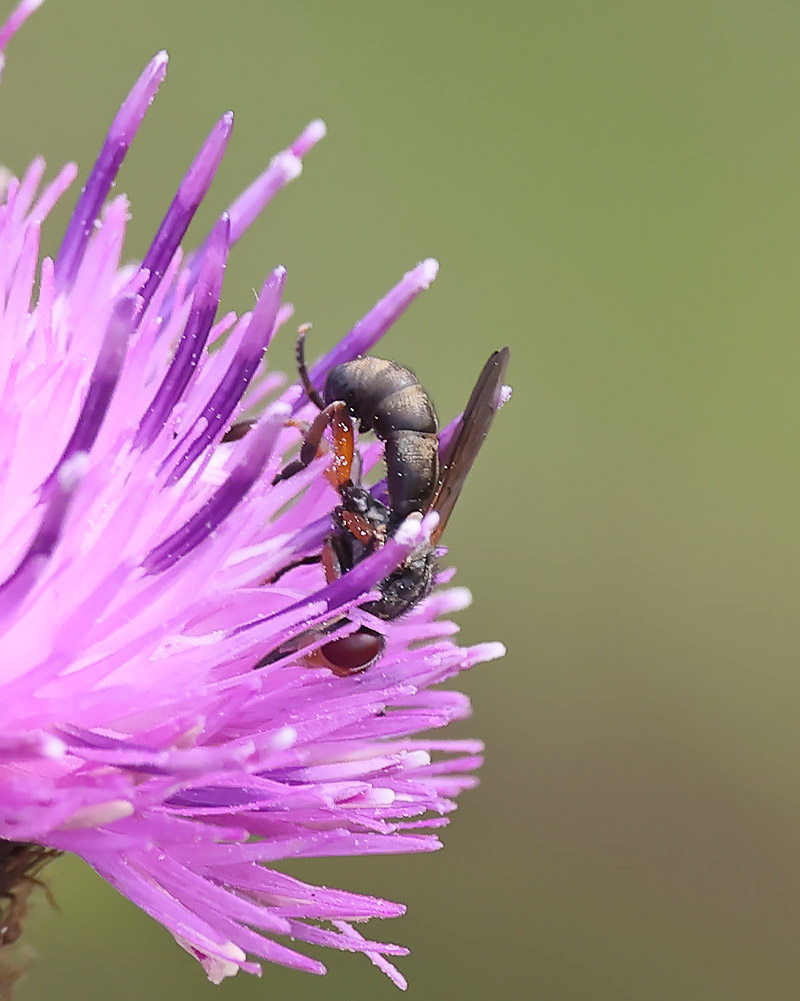
Brown-banded carder bee Bombus humilis
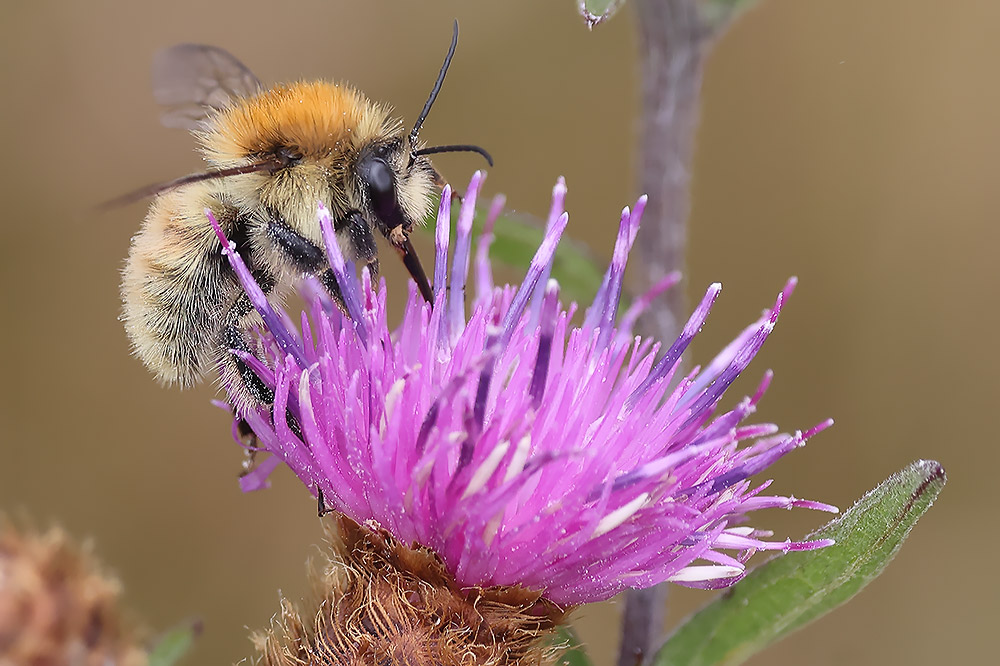
I sat at a small colony of silvery leafcutter bees Megachile leachella for a while

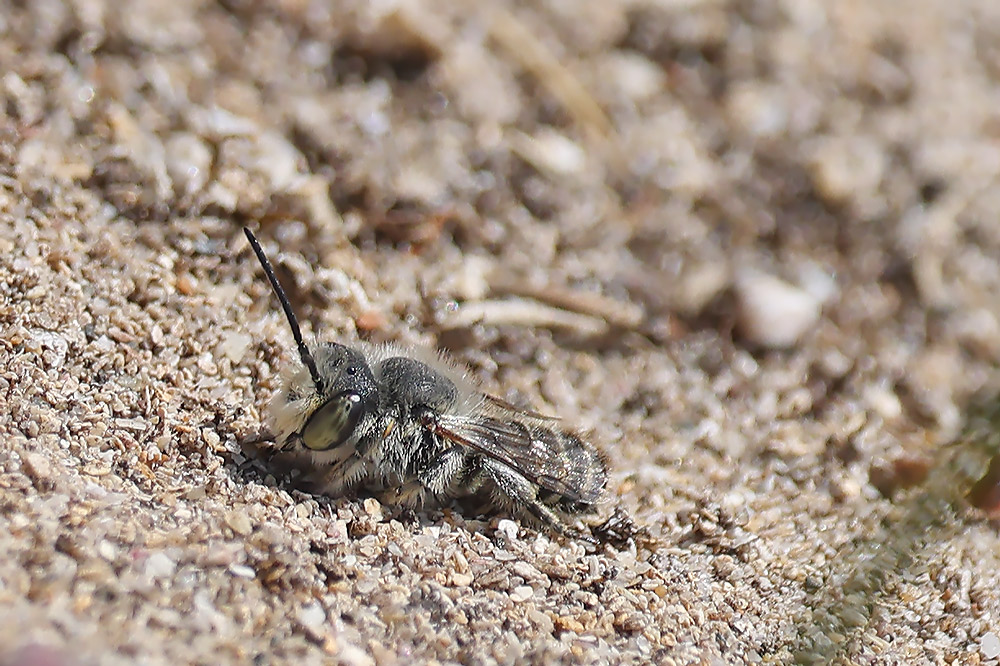
Black -thighed epeolus Epeolus variegatus is a cuckoo bee that parasitises Colletes bees.

Red-legged spider wasp Episyron rufipes. Again, surprisingly few records from Cornwall.
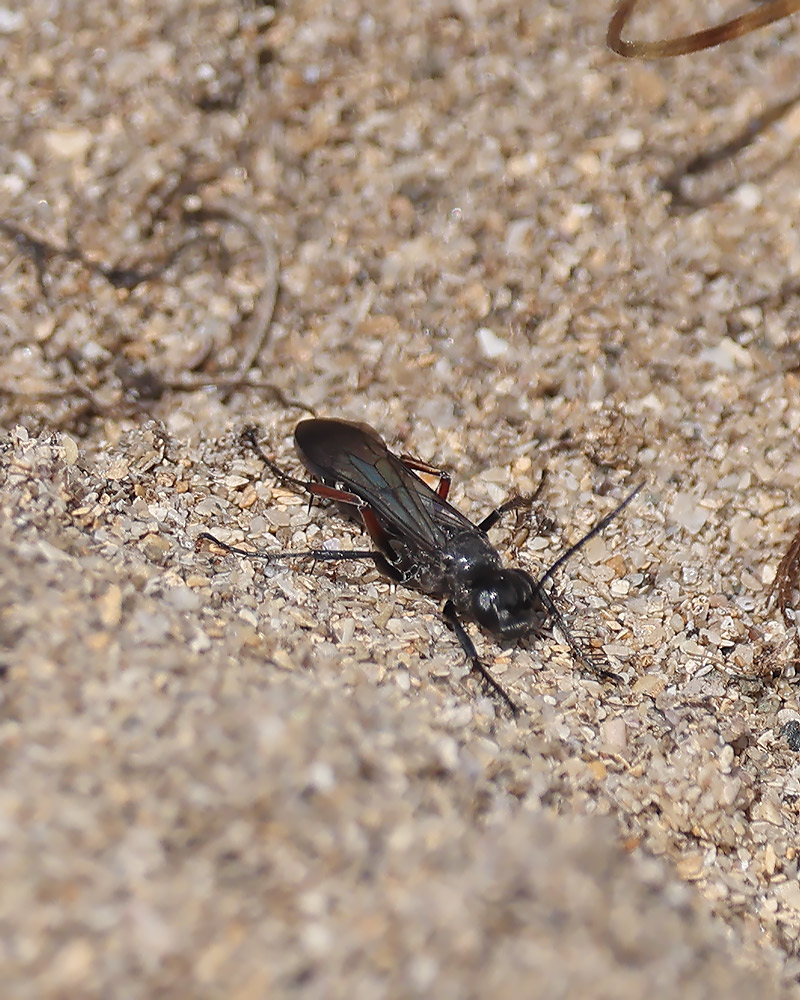
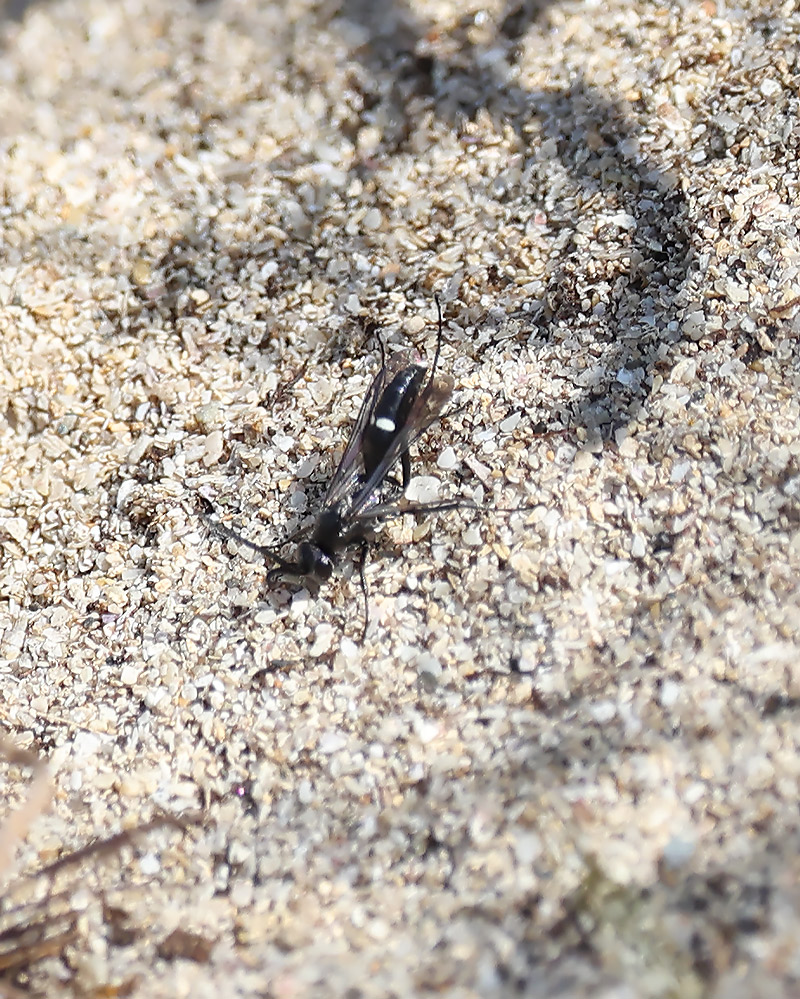
On 1st we walked the circular walk to Kenidjack from Botallack.
Figwort sawfly Tenthredo scrophulariae
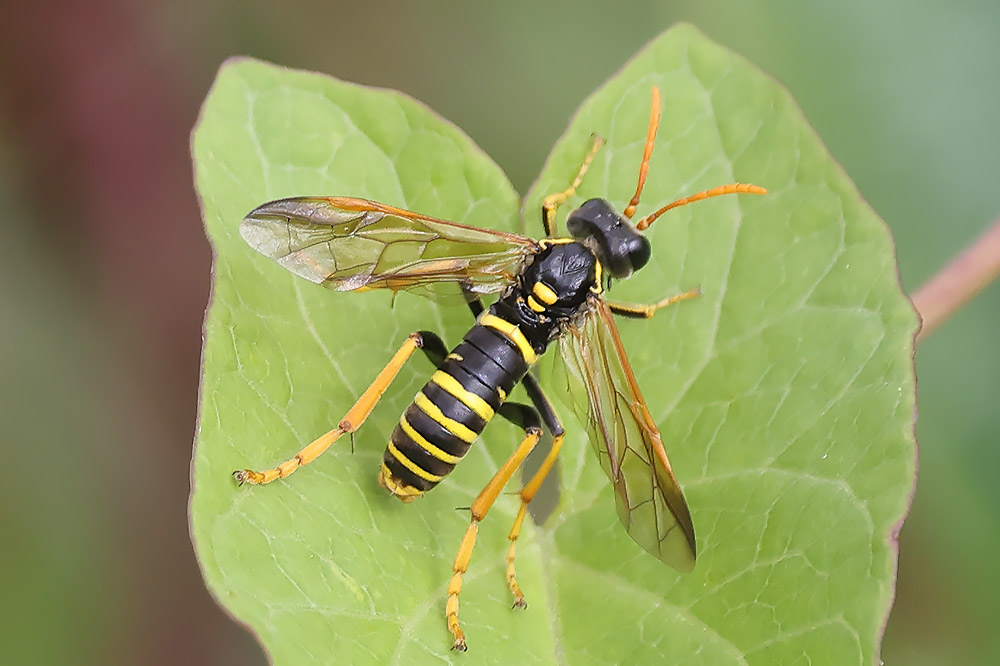
Male orange-belted leaf licker Xylota segnis
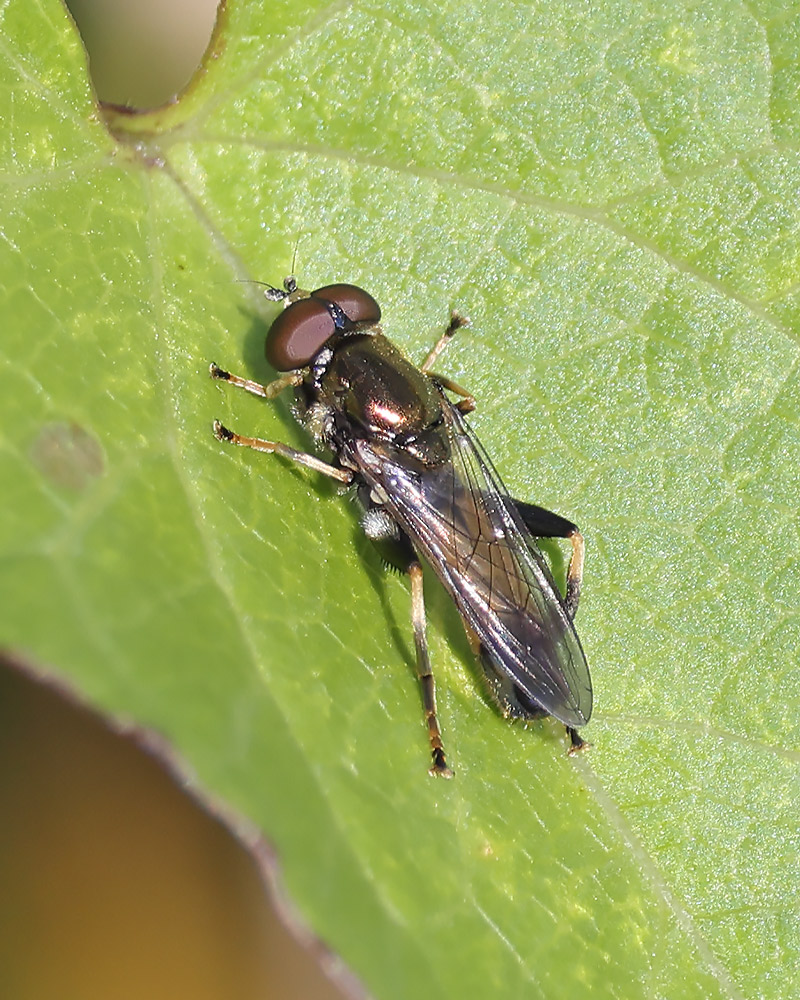
Plain-faced dronefly Eristalis arbustorum

Presumed black mining bee Andrena pilipes
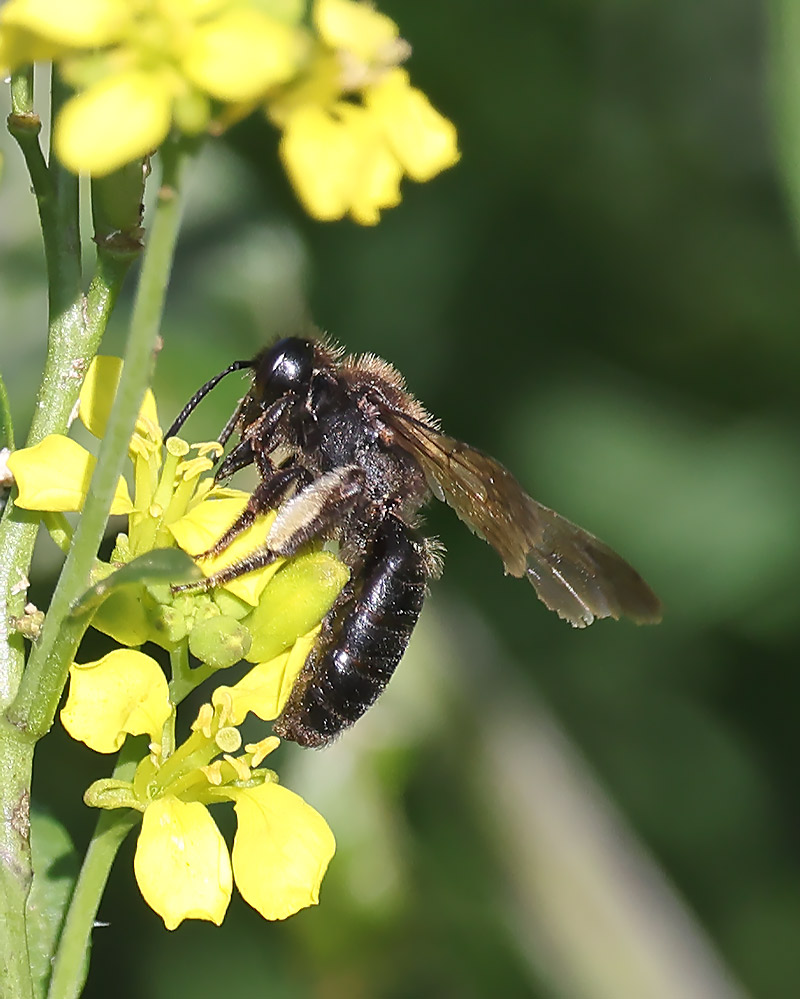
Believed to be from the Lasioglossum leucozonium group
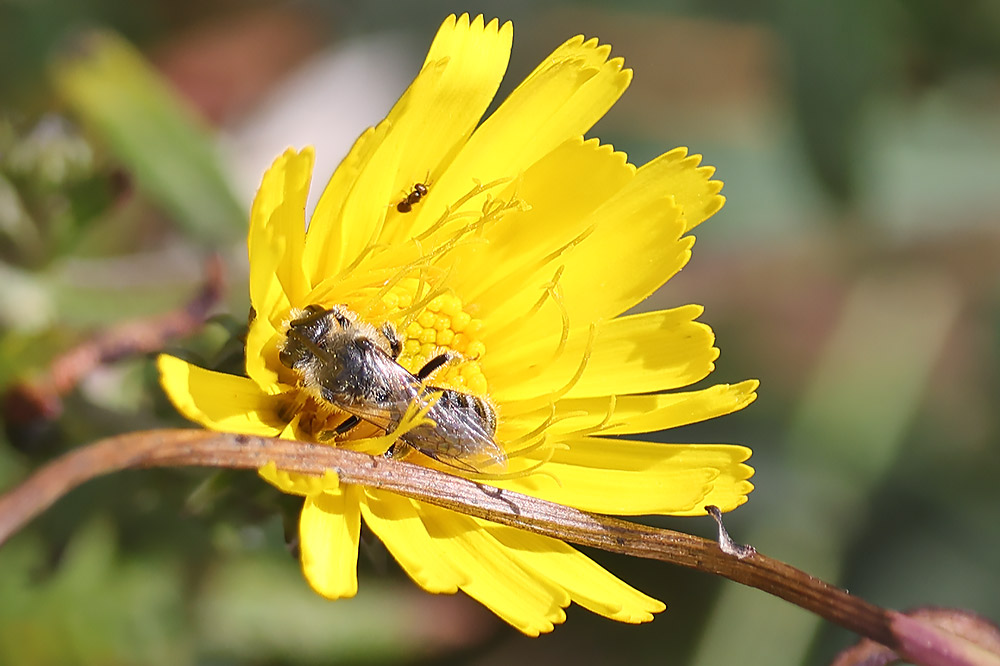
Lasioglossum sp. nesting in a loose colony. Maybe a metallic species?
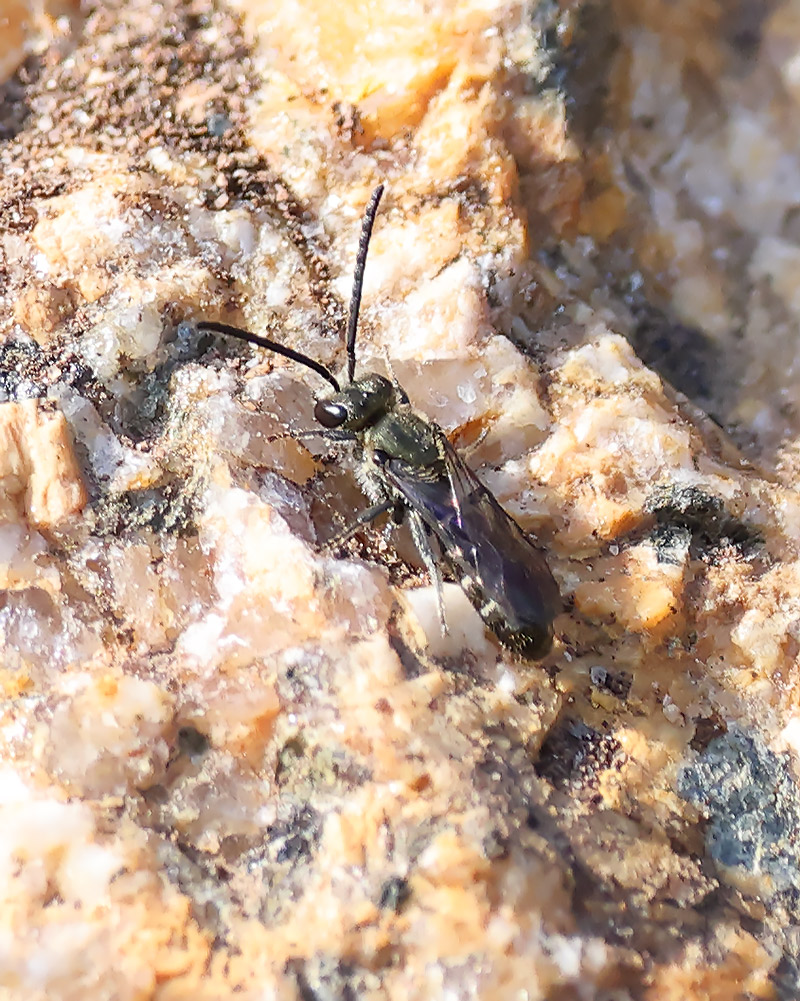
Female coast leafcutter bee Megachile maritima with hairs on segments 1-4 of the tarsi, and dark hairs on the thorax and face.


A tricky Bombus - most likely candidate is a faded field cuckoo bee Bombus campestris.











